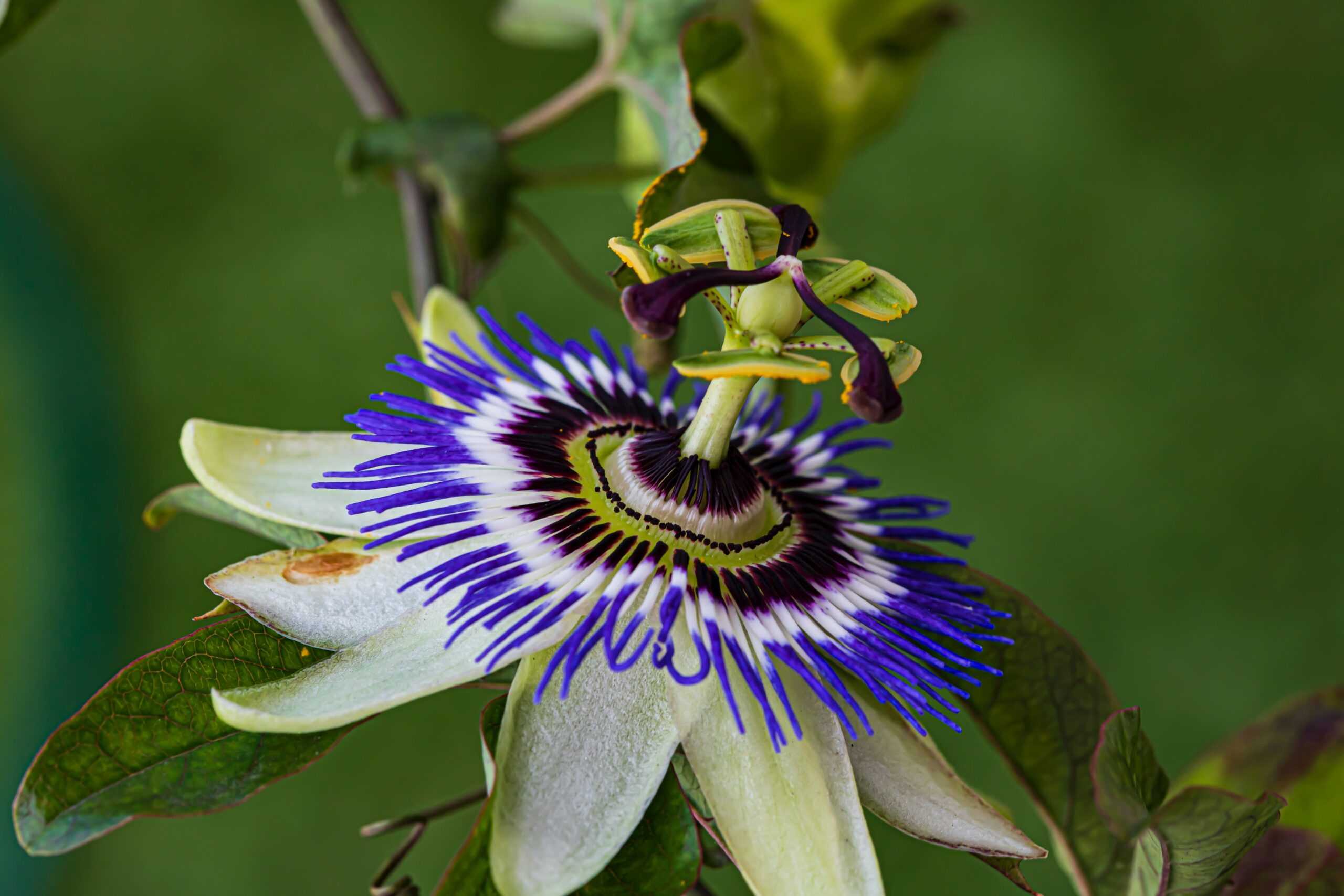
emotion: a mind, body, or cultural phenomenon?
it turns out the true nature of emotion is a complex thing
Have you ever thought about where exactly emotion comes from?
For the most part we recognise what emotions we feel when we’re feeling them, but it’s not always as straightforward as solving for simple cause-and-effect.
In fact, research suggests that when it comes to the nature of emotions, as well as the way we deal with them, much of what we interpret as “emotion” can find its roots in both cultural and social perceptions (1).
For a long time, it was believed that all humans equally experience the four “basic” emotions of happiness, sadness, anger, and fear. But, while there are major similarities in the cultural perception of these basic emotions all over the world, there are also numerous instances where this is simply not the case!
In many western cultures, for example, emotion makes up a significant portion of the interactions that take place in our day-to-day life - whether that be via thinking, feeling, talking, or doing...
In the English language alone, we refer to emotions as psychological experiences (I feel happy, or I’m anxious), physiological experiences (‘the hair on the back of my neck stood up’, or ‘I had butterflies in my stomach’) and we even recognise them in a behavioural context (‘her smile said it all, or ‘i knew immediately by the way they were stood’).
In this way, much of what we experience psychologically can be attributed (or at the very least, related) to the physical experiences we have within our body - and even the sights, sounds, and smells of our environment.
So which comes first? The feeling of the emotion or the thought?
examining the mind-body connection in the origin of emotion
For a moment, let’s take a look at anxiety.
When faced with a stressful situation, our bodies release hormones such cortisol and adrenaline, which prompt feelings of physical discomfort like sweaty palms, raised blood pressure, and an increased heart rate.
In turn, these physiological reaction can have the unfortunate effect of making us feel even more stressed and out of control, beginning what can quickly spiral into a negative chain of event - and in this case a panic attack.
Thanks to the neural reinforcements that take place in the brain, we tend to experience these emotions as a cycle. This can lead to increased sensitivity over time and what can often feel like an on-going battle against the onset of anxiety (2).
But because anxiety occurs both in the mind and the body, we understand the huge benefit of therapies that have the ability to target both. This could mean pairing deep, regulated breathing to calm the sympathetic nervous system with positive thought or your favourite relaxing herbal tea to calm the mind.
With that being said, this means the opposite can also be true. In our article on tradition and health we explore the importance of routine in supporting both mental and physical health. Here is an excerpt from that article below:
“Multiple psychological experiments highlight the positive effects of framing basic actions as “rituals” by assigning deeper meaning to them, even if that meaning surpasses the purposes of the action itself (3).
We see this in practises such as enjoying our morning coffee, where something as simple as a caffeine boost quickly becomes the most treasured part of our routine.”
Take someone’s coffee away first thing in the morning and you might find they have stronger emotions than are warranted just from the physical withdrawal of caffeine!
The findings of this research study, among others, support the idea that there is a phenomenon taking place within our daily routines - and one that involves the association of emotion.
In other words, associative emotion is the mechanism with which we are able to derive comfort and security from the very simplest of actions, be that using music or journaling as a subconscious means of emotional regulation, or filling our surroundings with comforting smells, and relaxing sounds. By attaching meaning to something - whether consciously or subconsciously - we create the space for said thing to have an influence over our future emotion.
As a result, emotion can play both a large and essential role in our overall well-being - and, nonetheless, one that can be completely unique!
How unique, you ask?
the cultural origin of emotion (or lack thereof)
Despite how we think of emotion in the west as being closely linked to all different states (whether mental, physical, or behaviour, this is a conceptualisation not all cultures share (4).
In reality, many cultures do not make the distinction between the mental-physical/mind-body connection, at all. Some indigenous cultures, such as the Chewong (a small group of people located within parts of the Malay tropical rainforest) do not find a separation between ‘thinking’ and ‘feeling’ to be culturally useful at all (5).
The Chewong have no word for ‘think’ or ‘feel,’ and there is little to no evidence that they recognise emotions, let alone pay conceptual attention to them. This can come as a shock to many of us given the great importance we place on our own emotions, each and every day.
The Chewong do not associate emotions with any inner self, they do not speak of them when they are thrilled, nor when they suffer, and they depend only on morality in governing their actions and behaviours - never the way that they feel (6).
For obvious reasons, this completely opposes the role of emotion within our culture - with various examples of other cultures falling somewhere in between.
The Utku Inuits in northwestern Canada, for instance, do not recognise the emotion of anger as existing past the stage of childhood. As an Utku individual grows, they consider anger tp become replaced with the more rational emotion of ayuqnaq.
Ayuqnaq, according to the Utku, is the recognition of an unpleasant but unchangeable situation; a feeling of “whatever is, is,” if you will (7).
More minute examples of cultural differences in the perception of emotion can also be found by examining language. There are a handful of words used to describe emotions in some languages that simply do not have a translation in others. Take the following, all of which have no equivalent for us in English!
- Schadenfreude (German)
- Pena ajena (Spanish)
- Cafuné (Brazilian Portuguese)
- Dépaysement (French)
- Gigil (Tagalog)
- Yuan bei (Chinese)
And whilst we already know sights, smells, sounds, facial expressions, and actions can all be powerful elicitors of emotion, there can be big cultural differences that exist in their perception too.
Despite there being no clear cut identification of a single origin of emotion, there is an entire world (body, mind, a culture) of interpersonal and intercultural differences to explore!
Have we mentioned why at sofi we’re big fans of the *N-of 1?
*N-of-1 or single subject clinical trials consider an individual patient as the sole unit of observation in a study investigating the efficacy or side-effect profiles of different interventions and experiences. The ultimate goal of an n-of-1 trial is to determine the optimal or best intervention for an individual patient using objective data-driven criteria.
Text References:
- Lim N. (2016). Cultural differences in emotion: differences in emotional arousal level between the East and the West. Integrative medicine research, 5(2), 105–109.
- Steimer T. (2002). The biology of fear- and anxiety-related behaviors. Dialogues in clinical neuroscience, 4(3), 231–249.
- Watson-Jones RE, Legare CH. The Social Functions of Group Rituals. Current Directions in Psychological Science. 2016;25(1):42-46.
- Heelas, Paul, ‘Indigenous Representations of the Emotions: the Case of the Chewong’, Journal ofthe Anthropological Society of Oxford XIV (1984), 87–103
- Descola, P., Gisli, P., & European Association of Social Anthropologists. (1996). Nature and society: Anthropological perspectives. London: Routledge.
- Heelas, Paul, ‘Indigenous Representations of the Emotions: the Case of the Chewong’, Journal ofthe Anthropological Society of Oxford XIV (1984), 87–103 (Chapter 7)
- Fischer, C. T. (Ed.). (2005). Qualitative research methods for psychologists: Introduction through empirical studies. Academic Press. (Page 240)

